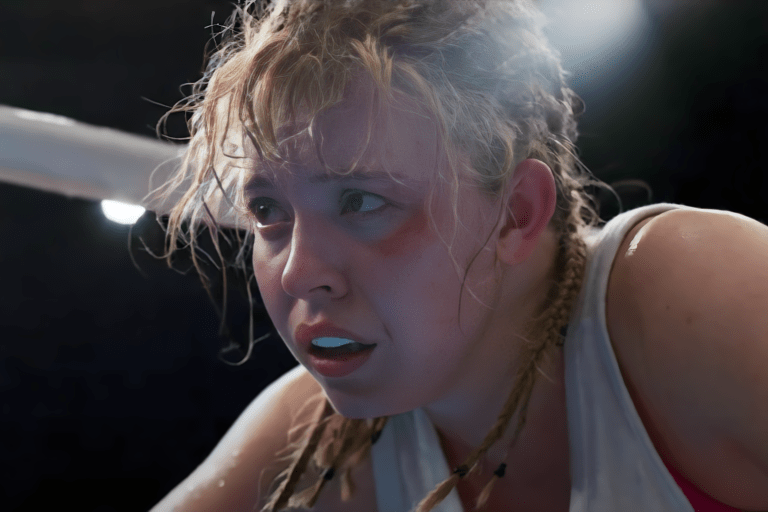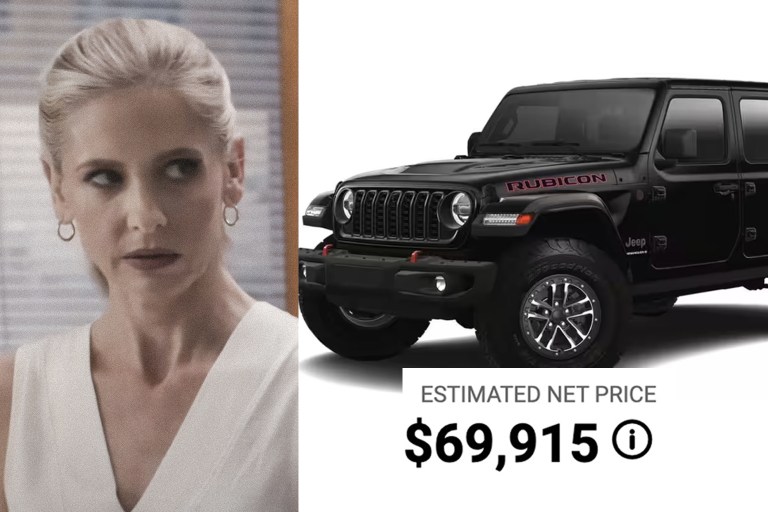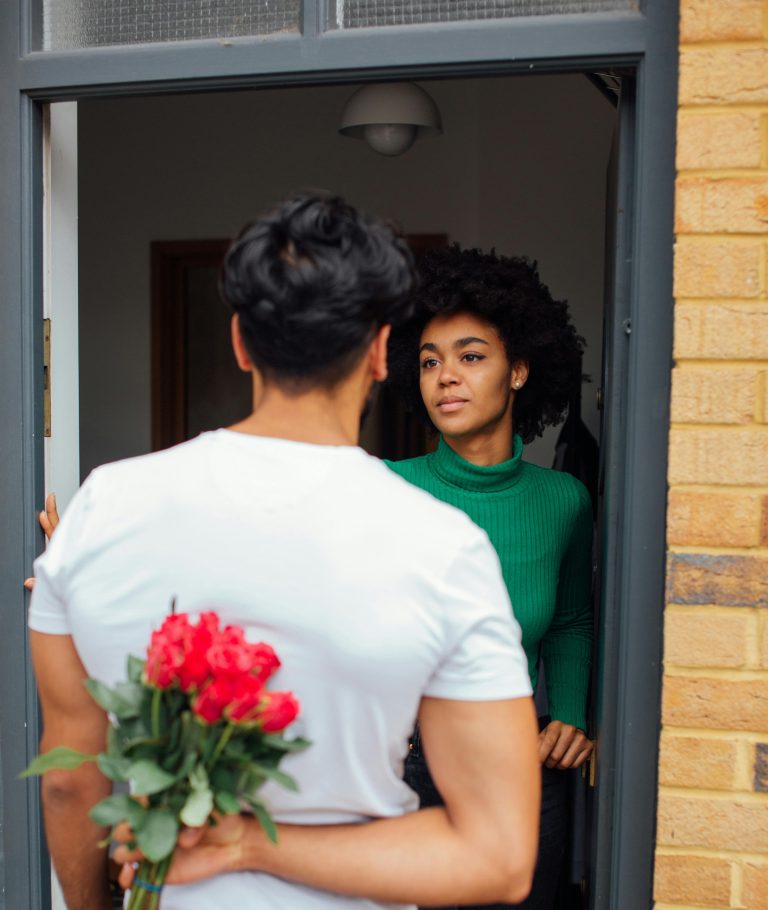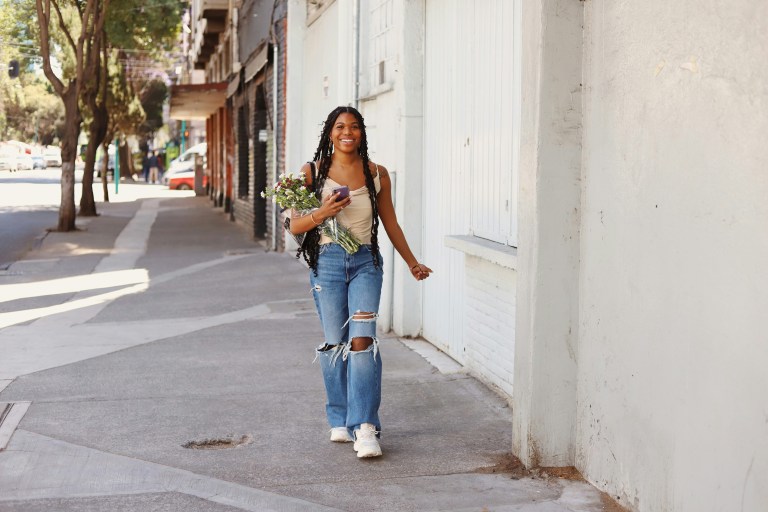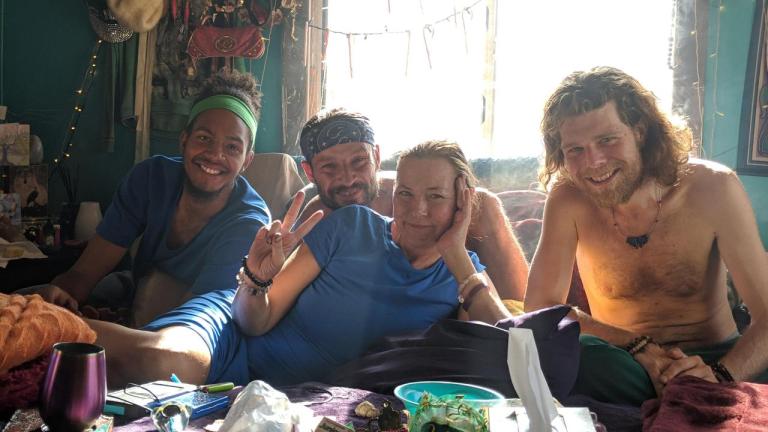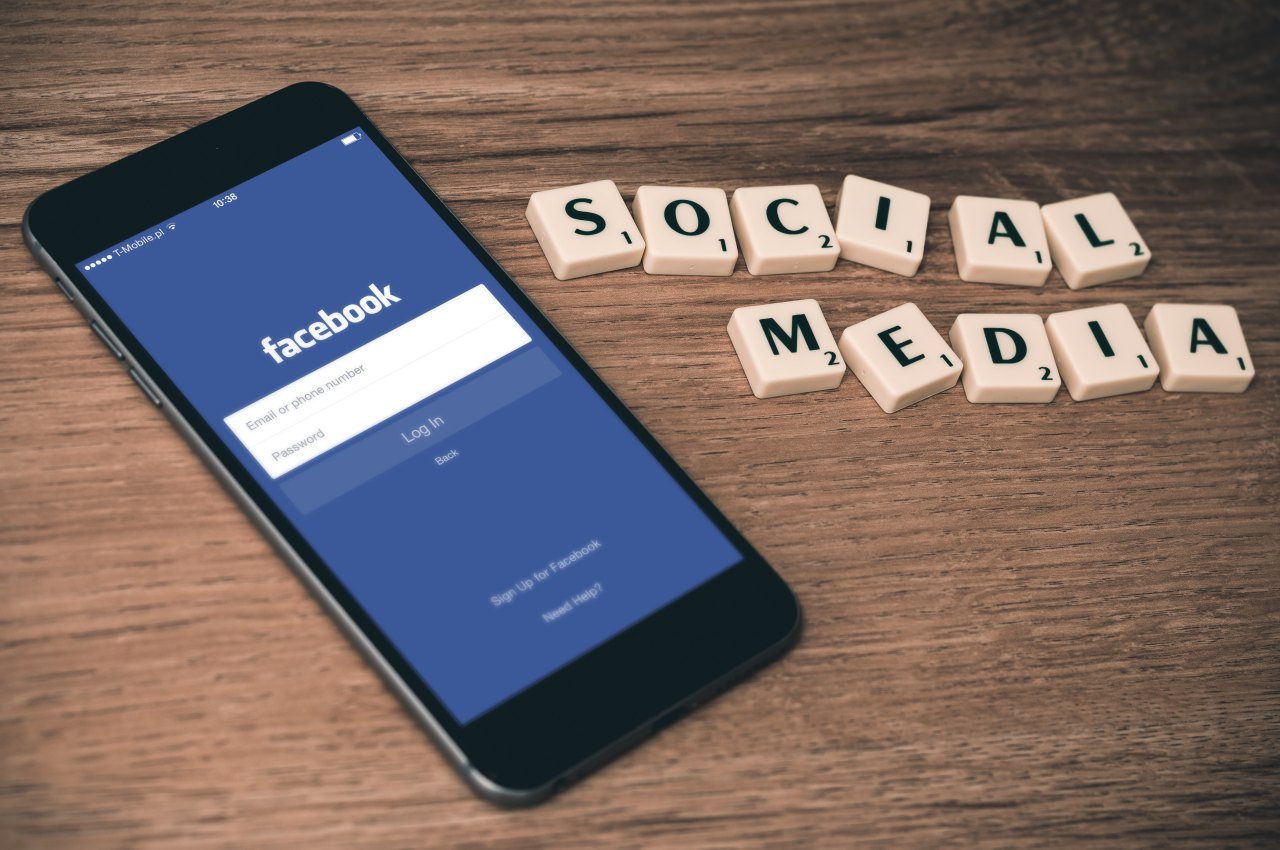
Why We Need To Stop Posting Photos Of Other People’s Dead Bodies On Social Media
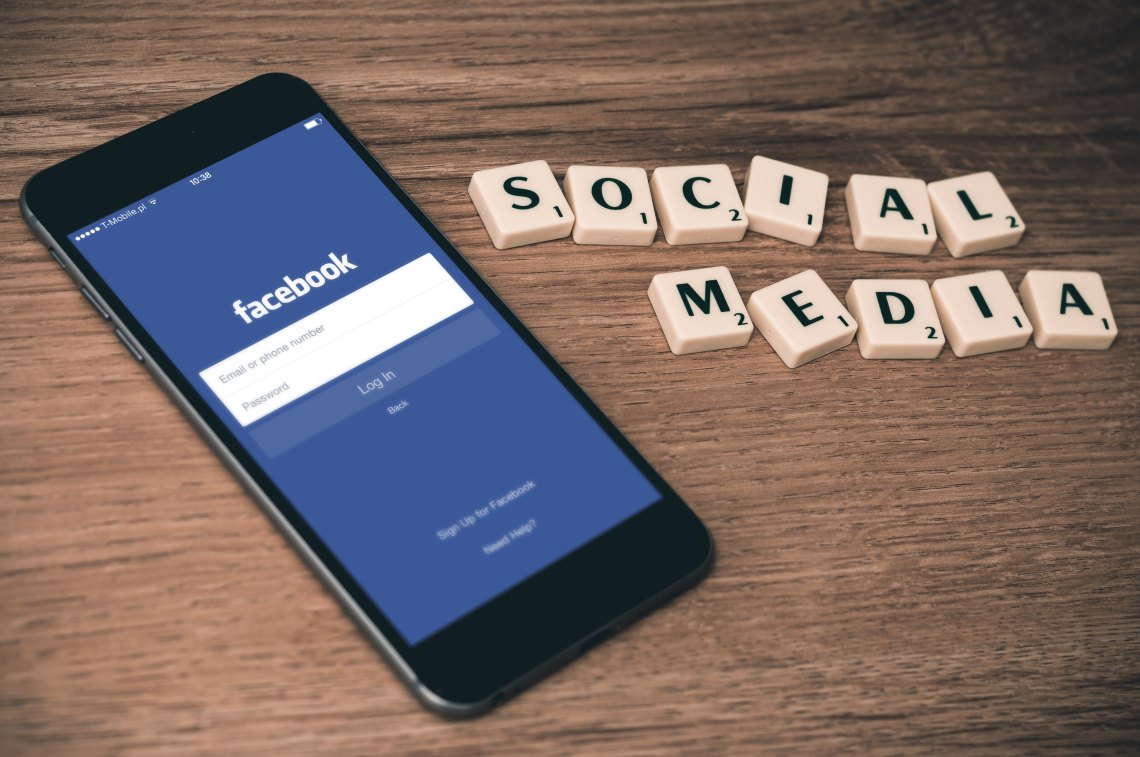
I want to discuss how my social media friends so casually upload and share photos of dead bodies on social media. This is most significant in the Philippines, where posting images of fatalities from a highway collision or images of crime suspects (either killed by assassins, drug gangs, or the police) are nearly as normal as posting a meme.
Censorship in photo journalism and citizens taking photos of accidents/crimes are two different things. I am in no way talking about the former. To explain, take, for instance, the photo of Alan Kurdi. This was taken by a trained photo-journalist and, to an extent, spurred awareness and action. One could say the photo was an unfortunate necessity that “made” the privileged and apolitical face the issue of immigration and war.
But a citizen taking close-up photos of a motorcyclist’s wrangled, bloody, cut-up dead body that they happened to pass by, captioned “OMG you guys look what I saw while jogging!”? Not so much.
I get it – you want to inform people that an accident / murder / abortion / crime took place. But ask yourself:
1. Is it necessary to share photos of the deceased?
2. Did you ask the deceased’s family for permission to post the photos?
Personally, it doesn’t matter that you say “Condolence, RIP to the family”. The fact that you feel as though you need to post the photos should be a sign it’s time to evaluate your social media habits.
Nonchalantly sharing such images reinforces the normalization of violence in our communities, especially against the poor and minority class. Rarely do we see gruesome (and to be honest, disrespectful) images posted of wealthy or white people’s deceased bodies.
It is almost always the brutalized bodies of dark-skinned middle class involved in an accident, or impoverished people murdered, that are made into a macabre online “fiesta” of sorts. It is always the bodies of the poor, the voiceless, the blue collar workers, the indigenous natives, the casualties of war, and the so-called drug addicts that are being exposed and ogled at like an exhibition at the carnival.
Such acts casually diminish our empathy. It normalizes war, it normalizes police brutality, it normalizes murder, it normalizes violence – to the extent that we eventually become desensitized to all of it. (There is a lot of research about all this, please feel free to google and educate yourself)
What does it say to you that Facebook/social media sites ban and delete images of a woman’s non-sexualized naked body, but allow graphic and violent images to go viral? Haven’t you asked yourself why newspapers and media outlets usually don’t show the bodies and faces of the deceased, and instead blur out the most violent parts?
Journalists are trained in journalism ethics, and thus know what and what not to post. They also know how to sensitively approach and capture the story/photo.
It’d be awesome if social media sites had a filter that asks users:
“Have you asked the deceased’s family’s permission to take this photo? Does posting this photo help expose a covered-up crime or bring relevant awareness to a social issue that inspires social change or action in the community? Are you uploading this photo mainly for shock value?”
Alas, such is not the case.
Have you even considered that you and your friends aren’t the only people on Facebook? That those images you share can so easily be seen be a child or a young teenager? Thus possibly impacting their social behavior and mental + emotional growth, whether they consciously or unconsciously realize it? Not to mention trauma survivors, accident survivors, people with PTSD, depression, anxiety and other mental illnesses, relatives and acquaintances of the deceased that could be triggered by the images you insensitively share.
You are not giving them a chance to choose to not see the images, since they just randomly pop up on their newsfeed without warning. (also, no, putting a “disclaimer: graphic” caption is not enough, at least on social media. the post will still catch most people by surprise and people will still unwittingly see it).
Your actions are indicative of your respect for other people’s privacy and personal space – whether they’re still breathing or not.
Filipino society, more than most in the world, is unhealthily addicted to social media. But perhaps we, specifically us considered “adults”, should begin to think what to share and what not to share online – especially when the bodies being shared are not ours. Especially when the owner of that body no longer has the ability to give you their permission to take their photo.
Sharing and uploading photos of someone’s dead body on your personal social media, especially without asking permission from the family or thinking about the reason behind the act, won’t necessarily be helpful to the public.
Inform if the purpose is to inform. Honor the victim’s memory if you want to honor.
But you do NOT need to carelessly share images of their dead body in order to do so, especially if you’re only posting the images for posting’s sake. Bear in mind this is a person. Not your #ootd or #selfie.
Their death and their bodies are not yours to capture and share. ![]()
